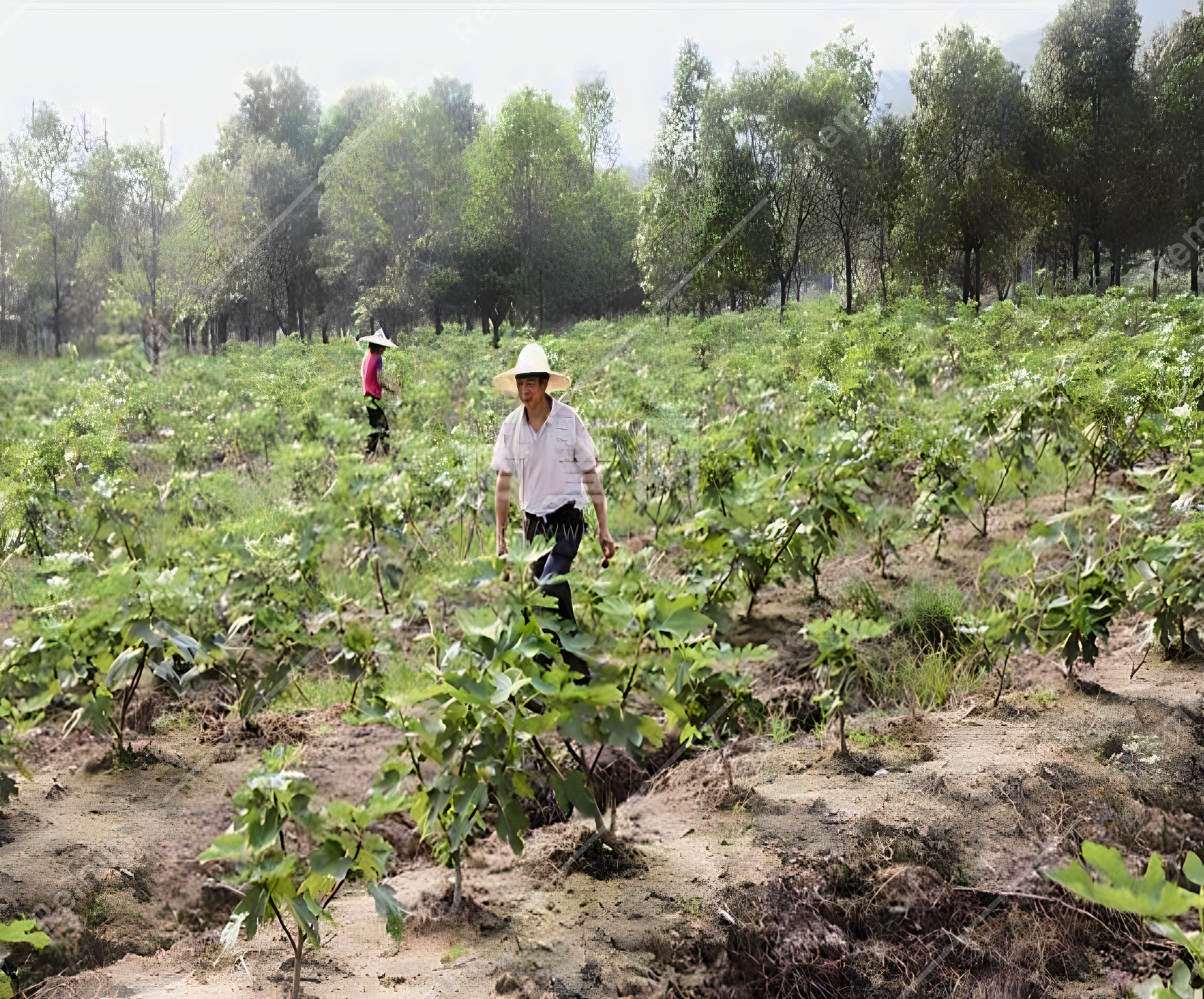Qianbei Afforestation
Planting native species on barren lands to remove greenhouse gases and contribute to sustainable development goals.
This project—located in Zunyi, a city within the Guizhou province of China—plants native species on barren lands to increase greenhouse gas removal while contributing to local sustainable development goals. It aims to:
- Improve soil and water conservation in the Karst region.
- Generate income and job opportunities for local communities.
- Sequester greenhouse gas and mitigate climate change.
- Enhance biodiversity conservation by increasing the connectivity of forests.
The project has already planted 50,061 hectares of forest on barren and degraded lands that were home to an ecological environment of poor sustainability and karst rocky desertification, where no natural renewal was taking place. The project's implementation has provided 16,339 jobs for local villagers, of whom 70 percent are women.
Project location
Technology and mechanism
Project certifications
Certifier
Standard
Verified Carbon Standard
Registry ID
VCS2082
Project methodology
AR-ACM0003 Afforestation and Reforestation of Lands Except Wetlands, Version 02.0
Project design document (PDD)
PDD: China Zunyi Afforestation
Current verifier of project outcomes
TÜV Nord Cert GmbH
Project details







